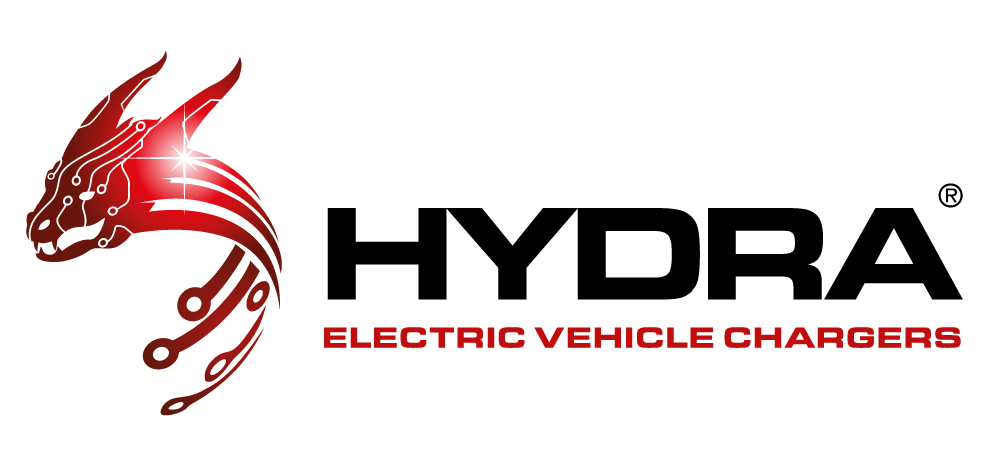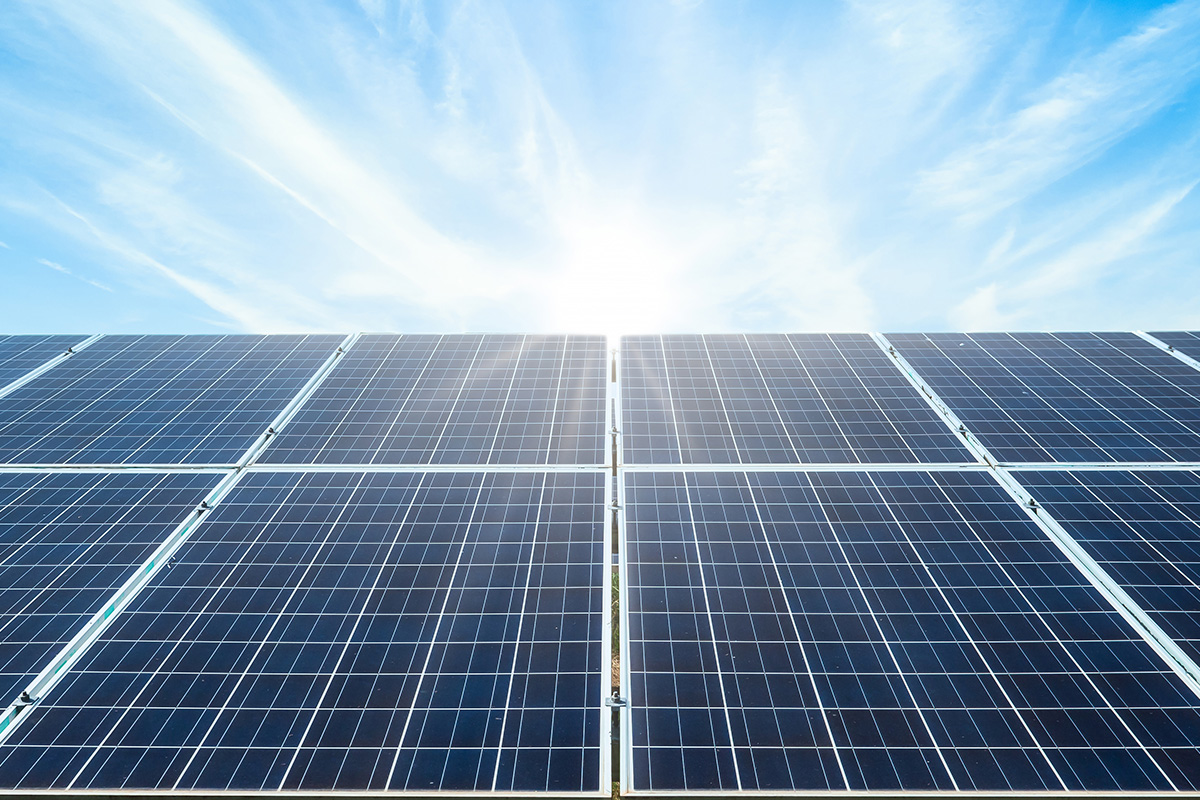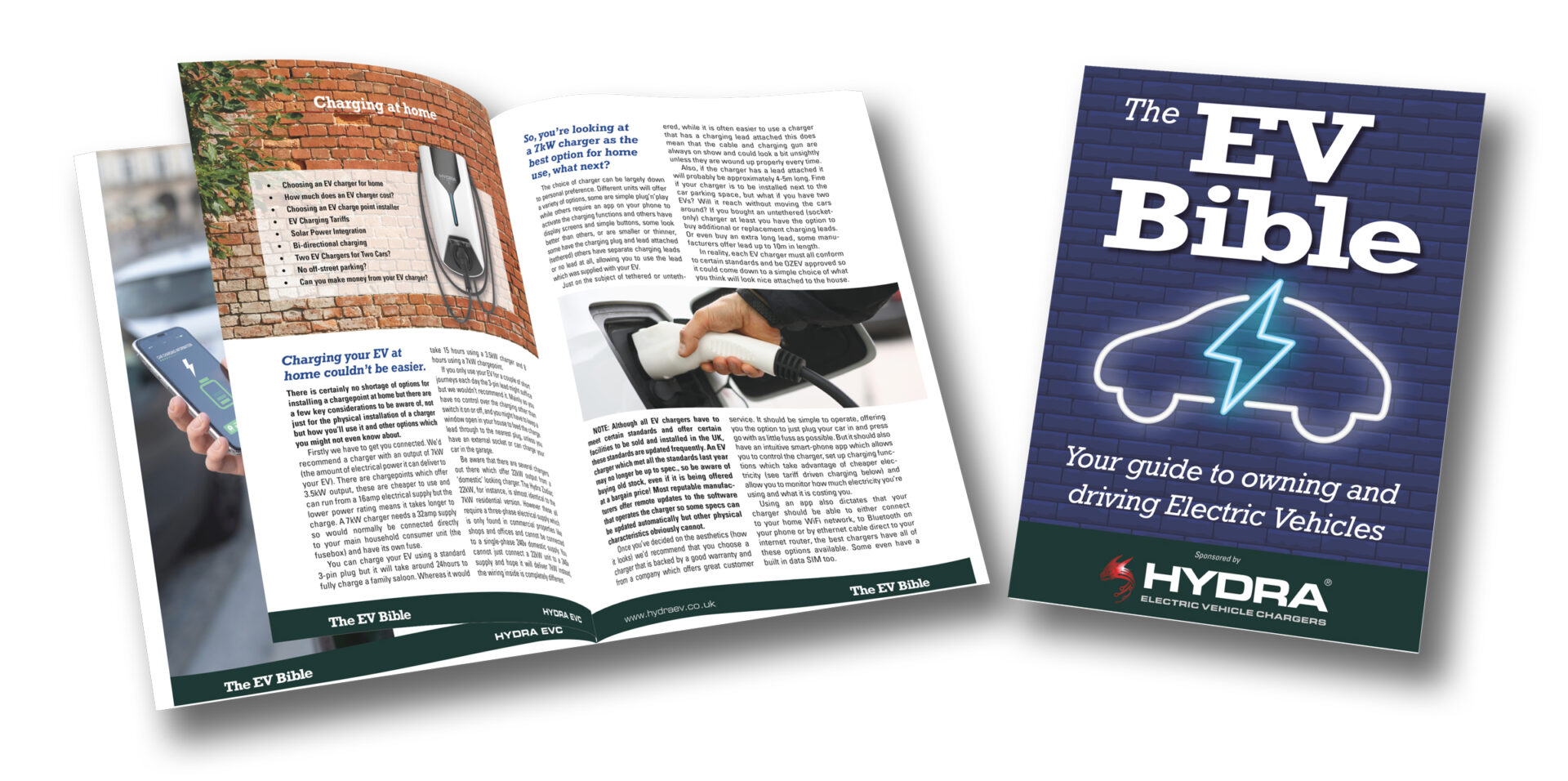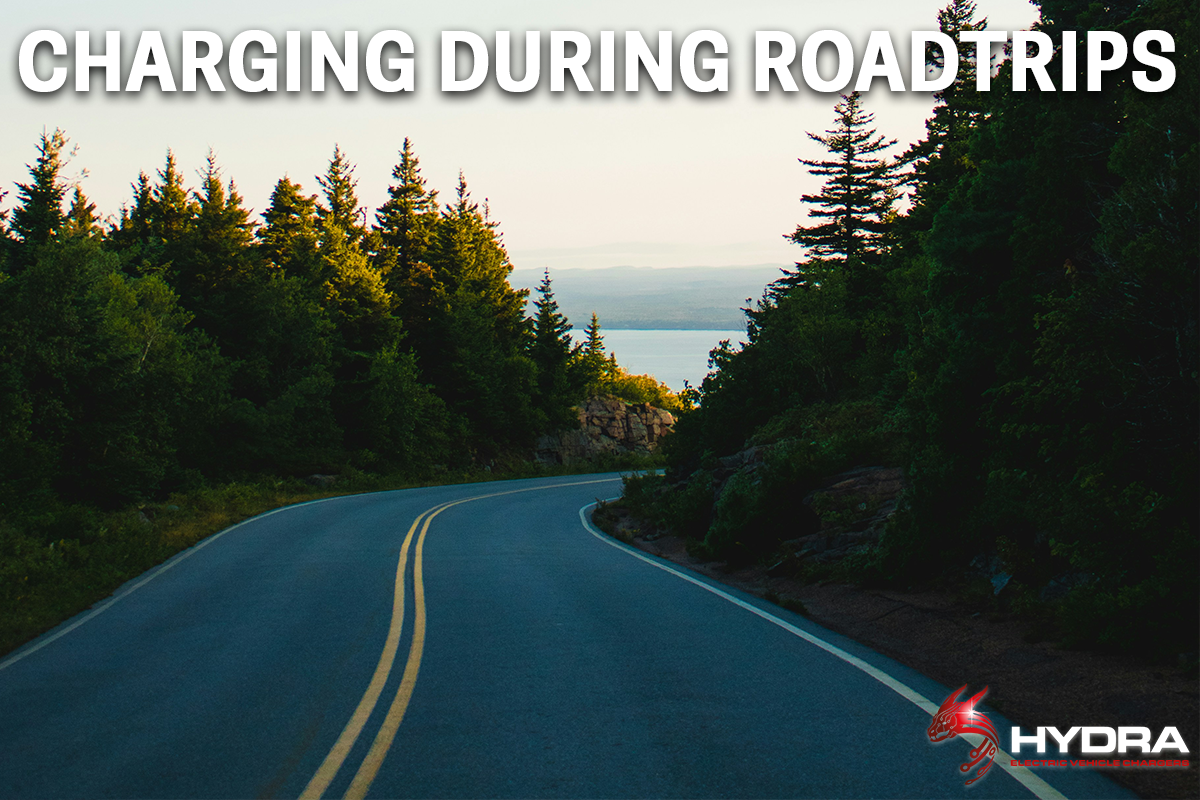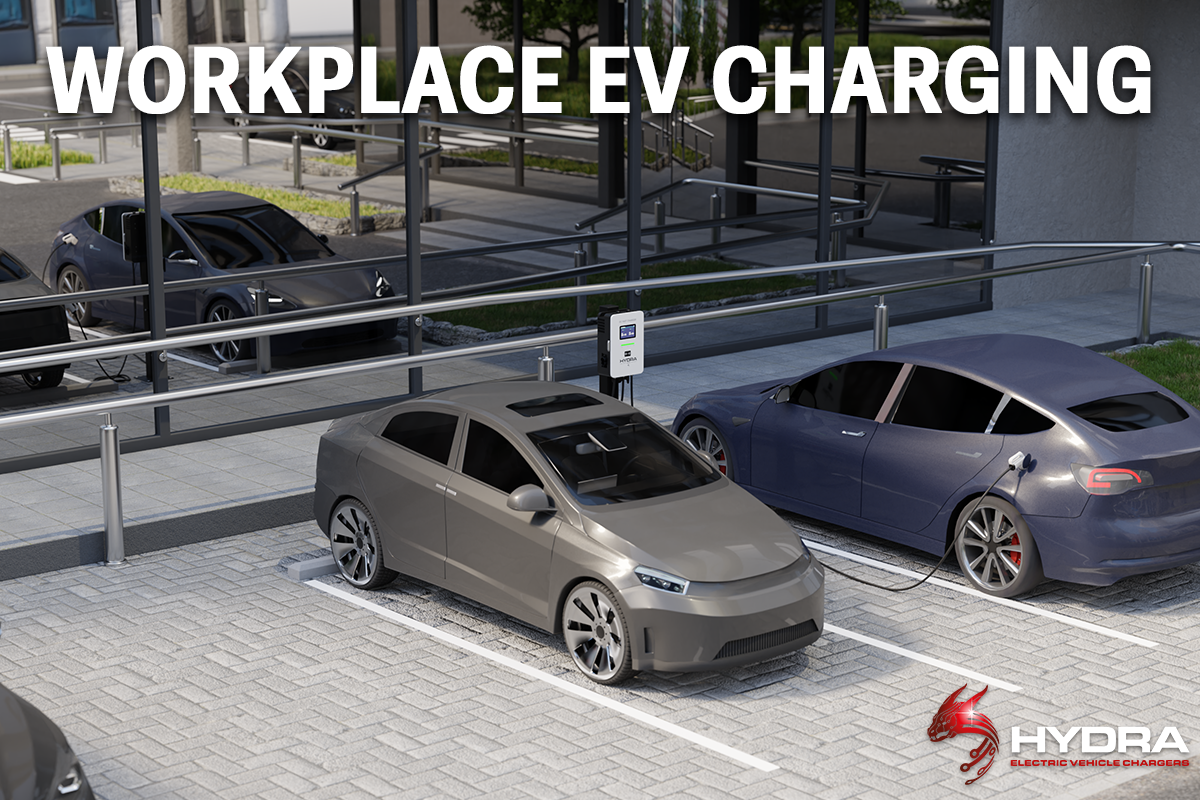Many people like the thought of running their EV on purely renewable energy for the environmental benefits as well as the reduction in costs – charging an EV using the power generated from your own solar panels is effectively ‘free’.
The downside to using solar is that the PV panels generate electricity in sunlight and most people recharge their EV at night – when there is no sunlight. So a solar system with accompanying battery storage could be required. The battery stores the excess electricity not used during the day so that it can be used at night.
As the battery storage will also supply the rest of the house you will need to ensure that the stored energy will be sufficient to both supply the house and also have enough left to charge the EV. Just adding a larger battery will not help if the solar PV array cannot generate enough to keep them topped up. More maths is required to make the necessary calculations but a solar panel specialist will be able to assist you.
It is important to note that not all EV chargers are compatible with Solar/Battery systems so it is worth checking the spec if this is a system you are considering.
The Hydra Zodiac EV chargepoint is fully compatible with solar PV arrays and battery storage systems when used in conjunction with our Home DLB (Dynamic Load Balancing) unit.
Why can’t we just fit solar panels onto the roof of a car?
Well, the roof just isn’t big enough! In April 2022 Mercedes ran a test with its EQXX car which managed to drive 1,000km on a single charge (621 miles). That vehicle has solar panels bult into the roof panel but Mercedes boffins estimated that they provided only enough electricity for 25km or about 2% of the total power required. We might get there one day but the current solar PV technology just isn’t up to it.
